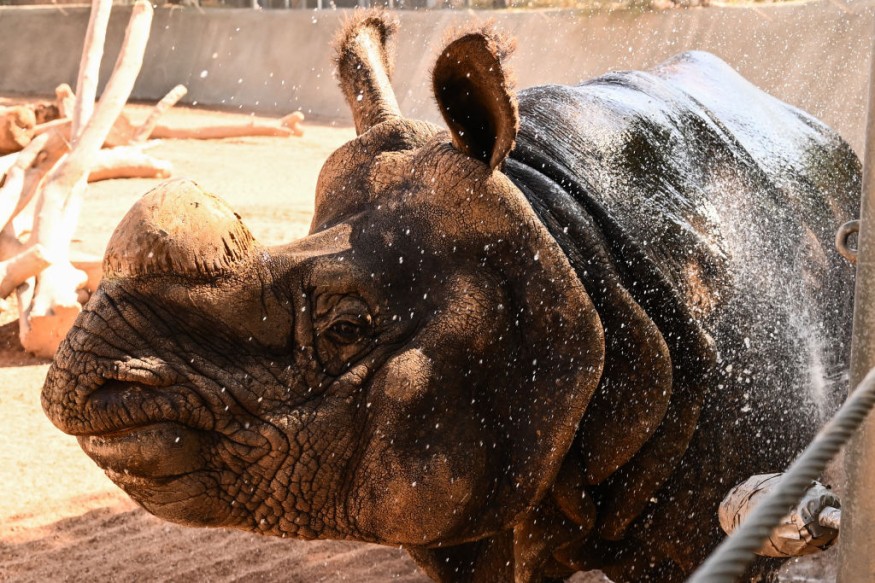
Five black rhinos arrived in Zakouma, the oldest national park in Chad in the hope to reintroduce the population where they have been declared locally extinct for more than 40 years.
Relocation Of The Rhinos
The rhinos took a C130 military aircraft from Limpopo, South Africa, to Zakouma, stopping en route in Zambia and Burundi. The 4,400 km (2,734 mi) trip took roughly 36 hours from the beginning, when each animal was loaded into its own steel crate to the point of release.
The recently arrived animals are thriving and getting used to their bomas, or enclosures.
For genetic variety, they are a mixture of subspecies of black rhinos.
Originally, it was planned to relocate six black rhinos, but one of the bulls was eventually left out because of a history of depression.
The park management said the arrival of the species and establishing a sustainable population show their dedication to ensuring the future of the animals.
"This translocation marks a remarkable opportunity - a second chance - for black rhinos in Zakouma and Chad," said Cyril Pélissier, park manager.
The two black rhinos in Chad's Zakouma National Park have been living alone for more than five years.
African Parks assisted with the relocation of six critically endangered black rhinos from South Africa to Zakouma in May 2018, including the two females. However, four of them passed only a few days after being placed in their new house.
Huge efforts, including a careful examination of what went wrong the previous time, have been made to increase the rhinos' chances of surviving this time.
After spending six weeks in bomas upon their arrival in Zakouma, the six rhinos were subsequently released into a 33-square-kilometer refuge in late June and the larger park by the end of September.
In October, four of the animals quickly declined in health and passed away.
This time, the rhinos will stay in bomas for 14 days before being allowed to roam free in the larger park. They can also still be recaptured in the event that their health deteriorates, and they will continue to have access to additional feed close to the bomas.
By 2025, plans are in place to introduce at least thirteen additional black rhinos to the present seven.
"The intention is to have at least 20 - the minimum for a viable starter population. We'll evaluate the situation now we've got this load here," said Martin Rickelton, African Parks' regional operations manager.
Black Rhinos Population
Black rhinos are native to eastern and southern Africa.
With only 6,487 remaining on the continent in 2022, they are classified as severely endangered on the International Union for Conservation of Nature's (IUCN) red list.
Nevertheless, poaching continues to pose a serious threat to rhino populations; in that year alone, poachers killed at least 561 rhinos.
Elephant populations in Zakouma declined by 95% between 2002 and 2010 as a result of widespread poaching for ivory and other illegal trade, particularly by members of the Janjaweed militia.
© 2025 NatureWorldNews.com All rights reserved. Do not reproduce without permission.





